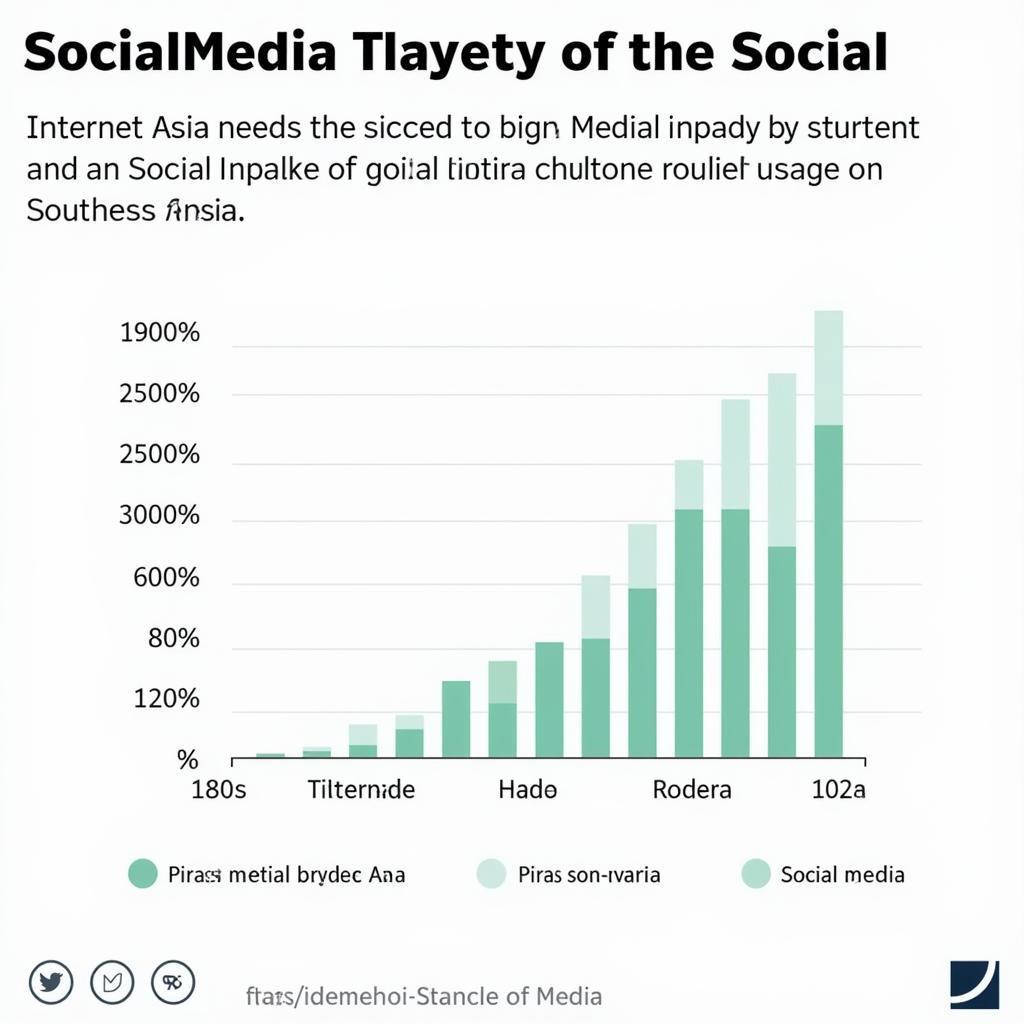The term “ASEAN transmission” might sound technical at first, but it encapsulates a dynamic process that’s shaping the very fabric of Southeast Asia. It refers to the flow of information, ideas, and culture across the diverse nations that make up the Association of Southeast Asian Nations (ASEAN). This transmission occurs through various channels, including traditional media like television and print, as well as the ever-expanding realm of digital platforms.
The Evolution of ASEAN Transmission
The landscape of ASEAN transmission has undergone a dramatic transformation in recent decades. The rise of the internet and social media has democratized access to information, empowering individuals and communities to participate in cross-border dialogue like never before. This digital revolution has also led to the emergence of new media players and content creators, challenging traditional media hierarchies and reshaping the narrative of Southeast Asia.
 Digital transformation in ASEAN media
Digital transformation in ASEAN media
Key Drivers of ASEAN Transmission
Several factors contribute to the dynamism of ASEAN transmission:
- Cultural Exchange: ASEAN is a melting pot of cultures, languages, and traditions. Media plays a crucial role in fostering cross-cultural understanding and appreciation by showcasing the rich tapestry of Southeast Asian heritage.
- Economic Integration: The ASEAN Economic Community (AEC) aims to create a single market and production base, facilitating the free flow of goods, services, and investments. Media serves as a vital conduit for disseminating information about business opportunities, economic policies, and market trends within the region.
- Technological Advancements: The rapid adoption of digital technologies, particularly mobile and internet penetration, has created unprecedented opportunities for content creation, distribution, and consumption.
- Social and Political Discourse: Media plays a critical role in shaping public opinion and facilitating dialogue on pressing social and political issues facing the region.
 Connecting ASEAN through technology and infrastructure
Connecting ASEAN through technology and infrastructure
Challenges and Opportunities in ASEAN Transmission
While ASEAN transmission presents immense opportunities, it also faces several challenges:
- Digital Divide: Unequal access to technology and digital literacy within and across ASEAN countries poses a significant barrier to inclusive and equitable information flow.
- Misinformation and Disinformation: The proliferation of fake news and online propaganda threatens to undermine trust in media and erode social cohesion.
- Regulatory Frameworks: Harmonizing media regulations across diverse political and social contexts while upholding freedom of expression remains a complex challenge.
- Language Barriers: The linguistic diversity of ASEAN necessitates innovative approaches to content creation and translation to ensure wider reach and accessibility.
The Future of ASEAN Transmission
Looking ahead, several trends are likely to shape the future of ASEAN transmission:
- Mobile-First Consumption: With the increasing affordability and accessibility of smartphones, mobile devices will continue to be the primary platform for media consumption in the region.
- Rise of Streaming Services: The popularity of on-demand streaming platforms for video and audio content is expected to continue its upward trajectory, offering new avenues for content creators and distributors.
- Artificial Intelligence and Data Analytics: AI and data analytics will play an increasingly important role in personalizing media experiences, targeting specific audiences, and understanding media consumption patterns.
- Cross-Border Collaborations: Collaborative efforts between media organizations, technology companies, and governments will be crucial in fostering a vibrant and responsible media ecosystem in ASEAN.
Conclusion
ASEAN transmission is an ongoing process, constantly evolving and adapting to the changing media landscape. By embracing innovation, collaboration, and a commitment to accuracy and ethical practices, media can play a pivotal role in fostering a more informed, interconnected, and empowered Southeast Asian community. As ASEAN continues its journey of integration and development, understanding and harnessing the power of media will be essential in shaping a brighter future for the region.
FAQs
1. What is the role of social media in ASEAN transmission?
Social media platforms have become powerful tools for communication, information sharing, and community building in Southeast Asia. They have enabled citizens to engage in cross-border dialogue, share diverse perspectives, and amplify voices that might otherwise go unheard.
2. How can ASEAN address the challenge of misinformation?
Combating misinformation requires a multi-pronged approach involving media literacy initiatives, fact-checking mechanisms, and collaborative efforts between governments, technology companies, and civil society organizations.
3. What are some examples of successful cross-border media collaborations in ASEAN?
Several initiatives promote media collaboration, such as the Asean Media Partners Forum, which brings together media professionals to discuss common challenges and opportunities, and the ASEAN News Exchange, a platform for sharing news content among regional media outlets.
Need assistance? Contact us:
Phone Number: 0369020373
Email: [email protected]
Address: Ngoc Lien Village, Hiep Hoa, Bac Giang, Vietnam.
Our customer service team is available 24/7 to assist you.


